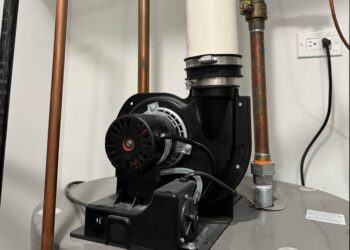Poor circulation in legs is a condition that affects people, particularly as they age or develop underlying health concerns. It refers to a reduction in the flow of blood through the veins and arteries in the lower body. This can interfere with the delivery of oxygen and nutrients to the tissues, leading to a variety of symptoms and complications. Understanding the signs, causes, and potential approaches to address poor circulation is beneficial to promoting overall health and mobility.
What Is Poor Circulation?
Poor circulation refers to the restricted or inefficient flow of blood through the body. This condition can occur when blood flow is inhibited by blockages, weaknesses in vein walls, or reduced functionality of blood vessels. Without sufficient blood flow, the body’s tissues may not receive adequate nutrients and oxygen, which can contribute to various physical symptoms over time.
Blood circulation plays a key role in delivering certain elements to different parts of the body. When circulation is compromised, the legs may be one of the first areas affected. This is due to their distance from the heart and their reliance on healthy blood vessels to transport blood upward against gravity.
What Causes Poor Circulation in Legs?
Poor circulation in legs can stem from several underlying health conditions. One cause is peripheral artery disease (PAD), a condition that occurs when the arteries become narrowed or blocked, reducing blood flow to the limbs. Chronic venous insufficiency (CVI) is another potential cause, where veins struggle to send blood back to the heart due to damaged valves.
Other contributors may include diabetes, obesity, or prolonged periods of inactivity, such as sitting or standing for extended amounts of time. Lifestyle factors, including smoking, can also impact circulation, as it affects the health and elasticity of blood vessels. Identifying the root cause helps address symptoms effectively.
What Are the Symptoms?
Poor circulation, specifically in the legs, can present through a range of physical symptoms. One sign is persistent swelling around the ankles or feet, caused by fluid buildup when blood fails to circulate properly. Individuals may also experience fatigue or heaviness in the legs, particularly after periods of standing or walking.
Discoloration of the skin, such as a purple or bluish tint, and coldness in the lower limbs can be additional indicators of decreased blood flow. Muscle cramping, numbness, or tingling sensations in the legs may also be reported. Symptoms affecting the skin include dryness, itchiness, or, in more advanced cases, the development of ulcers or venous wounds that take longer to heal.
How Can You Treat Poor Circulation?
Treatment options for poor circulation in legs depend on the underlying cause and the severity of the condition. Lifestyle changes may be recommended to support healthier blood flow. These might include increasing physical activity, following a balanced diet, and avoiding long periods of immobility. Exercises like walking or leg stretches can improve circulation by encouraging muscle contractions that propel blood upward.
Medical interventions, such as compression therapy, may be suggested to relieve swelling and facilitate blood flow in the veins. If an underlying condition such as PAD or CVI is determined to be the cause, a healthcare provider may explore additional treatment options. Early consultation with a healthcare professional may help prevent further complications.
Learn More Today
Understanding the symptoms and causes of poor circulation is the first step toward addressing the condition effectively. While some symptoms may seem mild initially, they can escalate without appropriate care. If you experience symptoms, seeking professional advice is advisable to assess and address the problem.





